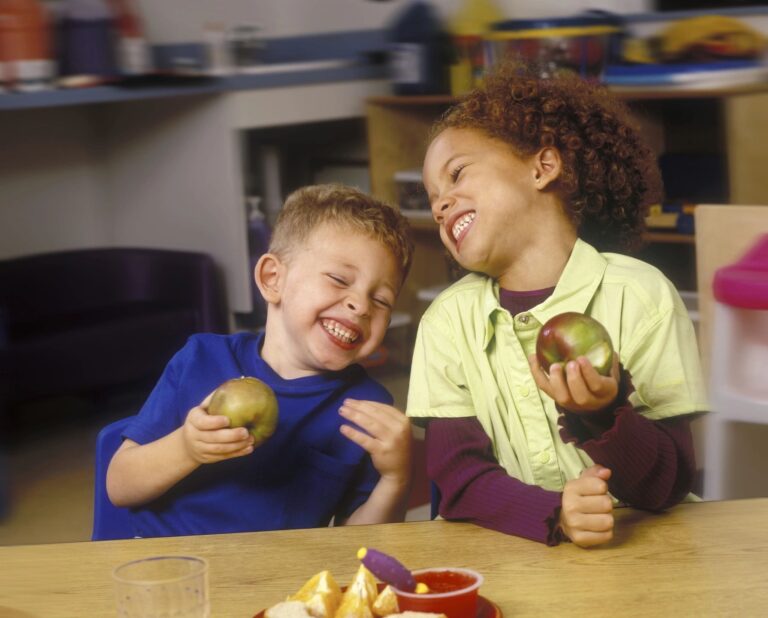Blood cancers in children
Blood cancers in children are a group of diseases that affect the production of blood cells within the bone marrow and blood. These cancers primarily include leukemia, lymphoma, and myeloma. While they are relatively rare in children compared to adults, they can have a significant impact on a child’s health. Here are some key points to understand about blood cancers in children:
Types of Blood Cancers in Children:
- Leukemia: Leukemia is the most common type of childhood cancer. It affects the bone marrow and blood, leading to an overproduction of abnormal white blood cells. The two main types of leukemia in children are acute lymphoblastic leukemia (ALL) and acute myeloid leukemia (AML).
- Lymphoma: Lymphomas are cancers that affect the lymphatic system, including lymph nodes, spleen, and bone marrow. The two main types of lymphoma in children are Hodgkin lymphoma and non-Hodgkin lymphoma.
- Myeloma: Multiple myeloma is extremely rare in children and primarily occurs in adults. It affects plasma cells in the bone marrow.
Risk Factors:
- Most childhood blood cancers have no known specific causes, but some factors may increase the risk, such as exposure to ionizing radiation, certain genetic conditions, and a weakened immune system.
Symptoms:
- Symptoms of blood cancers in children can vary depending on the type and stage of the cancer but may include:
- Fatigue.
- Unexplained weight loss.
- Frequent infections.
- Bone pain.
- Swollen lymph nodes.
- Easy bruising or bleeding.
- Night sweats.
- Enlarged spleen or liver.
- Anemia (low red blood cell count).
Diagnosis:
- Diagnosing blood cancers in children typically involves a combination of medical history, physical examination, blood tests, bone marrow aspiration and biopsy, imaging studies (such as CT scans or MRIs), and other specialized tests.
- A definitive diagnosis is made through the examination of blood and bone marrow samples by pathologists and hematologists.
Treatment:
- Treatment for childhood blood cancers depends on the specific type, stage, and other individual factors. Common treatments may include:
- Chemotherapy: The mainstay of treatment for most childhood blood cancers, chemotherapy uses drugs to kill cancer cells or slow their growth.
- Radiation therapy: This may be used in specific cases to target cancer cells with high-energy radiation.
- Stem cell transplant (bone marrow transplant): In some cases, a transplant of healthy stem cells from a donor can be used to replace damaged or cancerous bone marrow.
- Targeted therapy and immunotherapy: These newer treatments are being used in certain cases to target specific cancer cells while sparing healthy cells.
- Supportive care: Pain management, nutrition support, and other measures are used to manage side effects and improve the child’s quality of life during treatment.
Prognosis:
- The outlook for children with blood cancers varies depending on the type and stage of the cancer, as well as the response to treatment. Many children with blood cancers can achieve remission and go on to live healthy, fulfilling lives.
It’s important for children with suspected or diagnosed blood cancers to receive specialized care from pediatric oncologists and hematologists. A multidisciplinary approach, including social and psychological support, is often essential to help children and their families cope with the challenges of treatment and recovery. Early diagnosis and prompt treatment can improve the prognosis for children with blood cancers.
------------From our Sponsors------------









